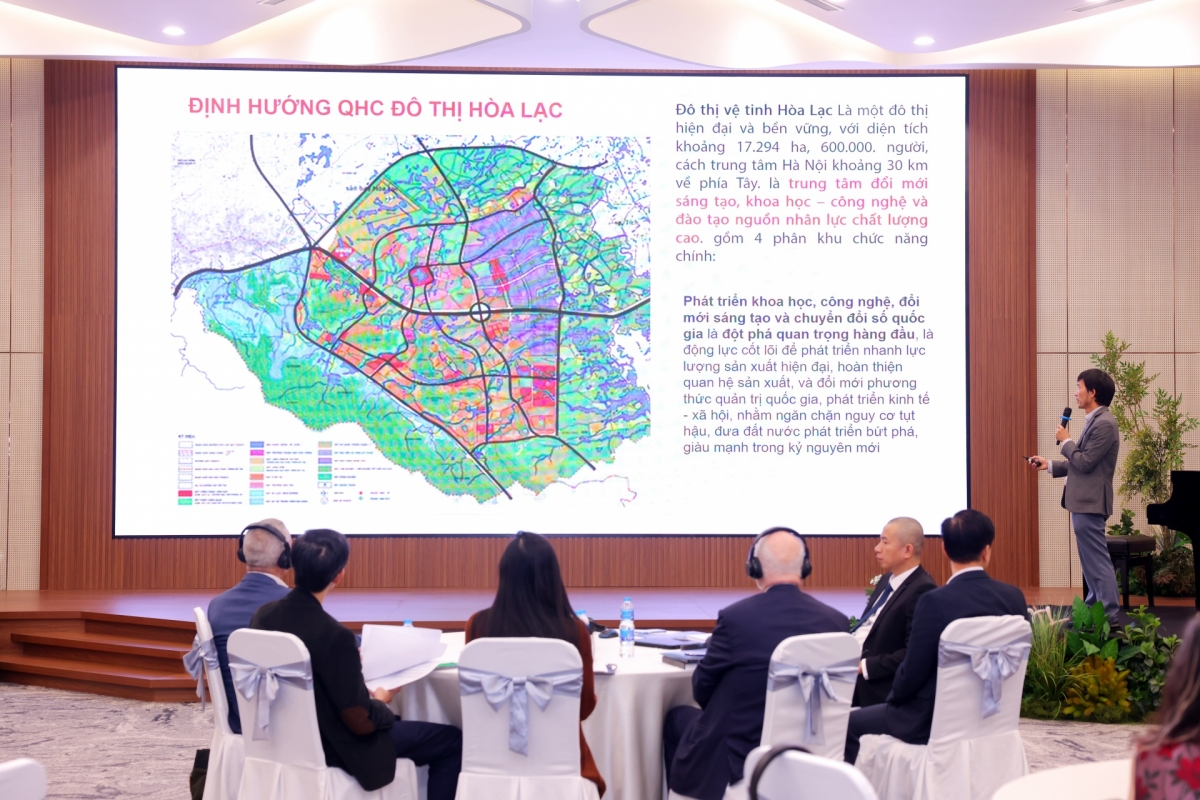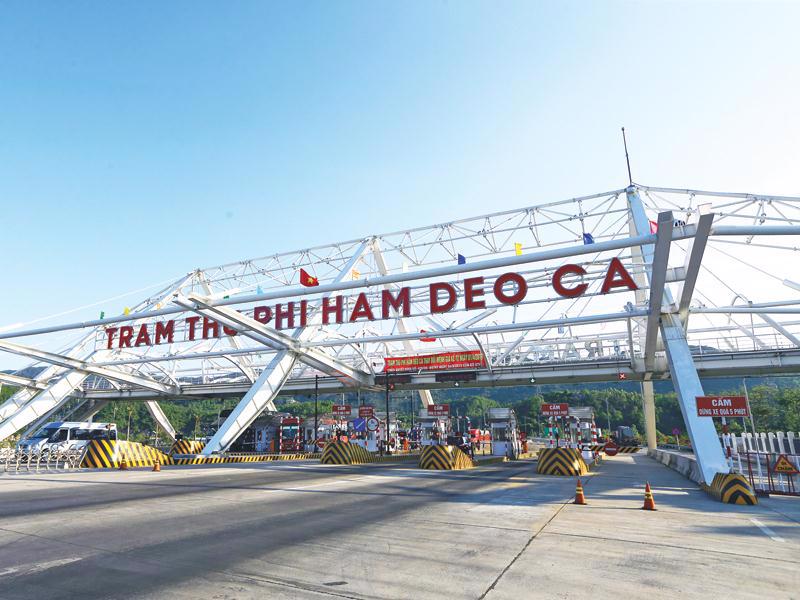INTERNATIONAL INVESTMENT
AND PORTAL
Legal clarity, infrastructure upgrades, and the restructuring of provinces and cities are seen as three decisive factors ushering Vietnam’s real estate market into a new growth cycle.
At a September 17 talk show on the real estate market organised by VIR in Hanoi, experts shared insights into the factors that are shaping the market’s trajectory. The event was part of a series leading up to the Vietnam Wealth Advisory Summit, which took place on September 25.
 Real estate trajectory shaped by new growth cycle
Real estate trajectory shaped by new growth cycle
According to Nguyen Hoang Nam, CEO of G-Home and a member of the Market Research Task Force under the Vietnam Association of Realtors, amendments to key laws in the past 18 months have created a stronger and clearer legal framework.
“These pillars are giving investors greater confidence while improving liquidity across the market,” Nam said.
He also noted that the amended Land Law and several related laws will be further discussed at the National Assembly session in October, which is expected to inject new momentum into the market.
Le Dinh Chung, CEO of SGO Homes and also a member of the same task force, highlighted that beyond these laws, several sub-law regulations have already unlocked many long-stalled projects. Resolution No.171/2024/QH15, which allows commercial housing projects to proceed through negotiated land-use rights transfers, has helped revive projects previously frozen for years.
“Many developers are now reapplying for project approvals, preparing to resume construction so that the first products can be launched by 2026,” Chung said.
Transport infrastructure remains a crucial catalyst for economic growth, with direct benefits to real estate. Chung stressed that major investments in ring roads, metro lines, and expressways are paving the way for mega-urban developments beyond the central areas of Hanoi and Ho Chi Minh City, as well as along new economic corridors.
“People are moving to these outer areas where housing is more affordable, creating new development hubs rather than concentrating solely on a few major cities,” Chung added.
Nam added that large-scale infrastructure projects are leaving a long-term imprint on the market.
“Fifteen years ago, market reports mainly focused on Hanoi and Ho Chi Minh City. Danang has joined the list in the past five years, but the entire country nowadays is covered, from the Northern Highlands to the Mekong Delta, thanks largely to infrastructure expansion,” he said.
In addition to legal reforms and infrastructure, the ongoing administrative restructuring is also reshaping the market. The consolidation of provinces and the removal of the district level of governance are expected to create larger development zones, ensure more synchronised infrastructure, and expand land reserves for new projects.
“With fewer administrative layers, procedures will be streamlined, saving time and costs. This not only reduces burdens on developers but also prevents inflated project costs from being passed down to end-users,” Nam explained.
The combined momentum of legal reforms, infrastructure development, and administrative restructuring is laying the foundation for Vietnam’s real estate market to enter a new growth phase. This is expected to restore investor confidence, unlock supply, and expand growth opportunities nationwide.
“Investors are returning to the market with renewed optimism and a long-term outlook, rather than chasing short-term gains or acting out of fear of missing out. They are also more willing than before to expand their investments into areas beyond the traditional urban centres,” Nam said.
By Binh An



















